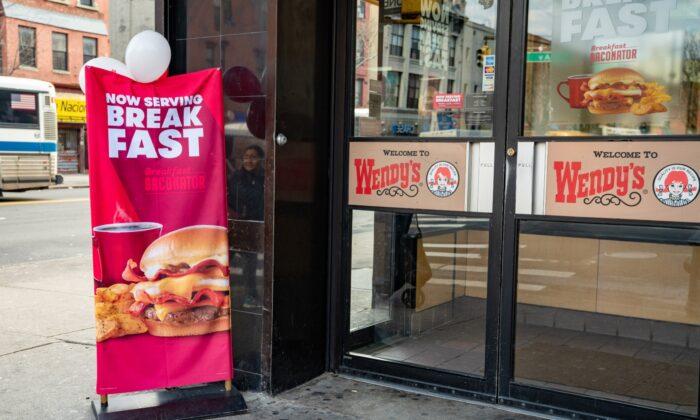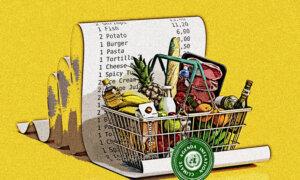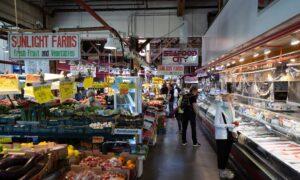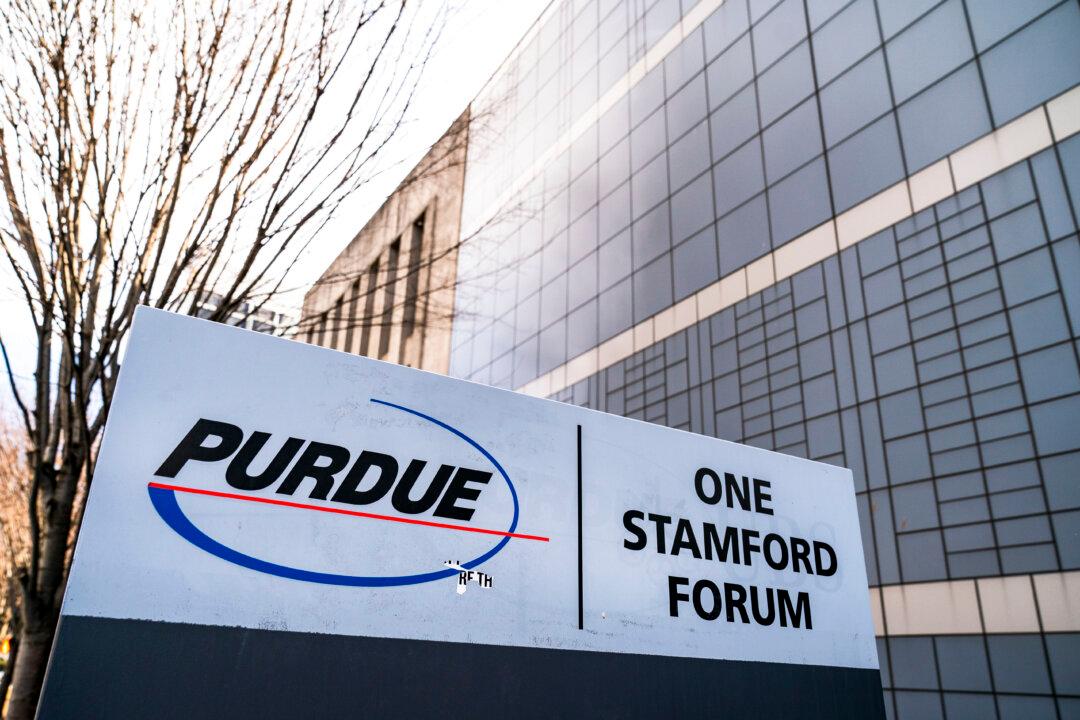Predictability and affordability are what many consumers come to expect from their fast food, but that may change at Wendy’s in 2025 with its CEO planning dynamic pricing facilitated by new AI technology.
Kirk Tanner, the new CEO and president of The Wendy’s Co., told market analysts in February, according to Nation’s Restaurant News, when discussing future plans for the Dublin, Ohio-based burger company.
Mr. Tanner said it’s investing $20 million in a digital menu board for all restaurants to have in operation by the end of 2025, with an additional $10 million to support enhancements.
The digital menu board, he said, is designed to improve staff experience, increase sales, and help with order accuracy, in addition to utilizing dynamic pricing and daypart offerings, “Wendy’s Fresh AI”-enabled menu changes, and suggestive selling.
A spokesperson for Wendy’s told Food & Wine that suggesting selling and menu changes will depend on such factors as the weather.
“Dynamic pricing can allow Wendy’s to be competitive and flexible with pricing, motivate customers to visit, and provide them with the food they love at a great value. We will test a number of features that we think will provide an enhanced customer and crew experience,” the spokesperson said.
According to Investopedia, dynamic pricing is a strategy by which “companies set flexible prices for their products or services that change, according to current market demand.”
“Businesses are able to change prices based on algorithms that take into account competitor pricing, supply, and demand, and other external factors in the market,” Investopedia said. “Dynamic pricing is a common practice in several industries such as hospitality, travel, entertainment, retail, electricity, and public transport.”
‘Surge Pricing’
Another phrase for dynamic pricing is “surge pricing,” which refers to price changes based on circumstances leading to high demand.“Because rates are updated based on the demand in real-time, surge can change quickly,” Uber said on its website. “Surge pricing is also specific to different areas in a city, so some neighborhoods may have surge pricing at the same time that other neighborhoods do not.”

This photo taken in Newark, N.J., shows smartphones displaying Uber car availability in New York, on Nov. 21, 2014. AP Photo/Julio Cortez
In 2022, restaurant leaders discussed how they could manage high food costs by shifting to a nationwide dynamic pricing model, Nation’s Restaurant News reported.
Ashwin Kamlani, the co-founder of the restaurant revenue management firm JUICER, spoke at a Restaurant Finance and Development Conference in Las Vegas, Nevada, stating that because “inflation is harming the industry,” in addition to labor prices, dynamic pricing is “becoming more popular throughout other industries while the customer is getting more and more familiar with this idea.”
Faizan Khan, a franchisee of the Dog Haus company, said he used the pricing method in his virtual orders.
“For us it was all about consumer reaction,” Mr Khan said. “The concern was if you’re going to raise prices, you’re going to sell less product and it turns out that really wasn’t the case. I think there’s a lot of room for consumers in terms of price amounts they’re going to accept. Generationally, I think we’re seeing this being acceptable.”
Mr. Khan added that the Dog Haus has increased its percentage of online sales over in-store sales by reaching a “dynamic pricing sweet spot.”
“The whole idea is to leverage machine learning models to understand when to apply correct pricing based on demand—filling in slower time periods and increasing prices during peak hours to maximize profit and ease the burden on the kitchen,” he said.
This also includes making pricing based on weather, time of day, and region.
“We’re not talking about doubling or tripling prices,” Mr. Kamlani said. “This is about using data to make smarter decisions about pricing.”
‘It’s Good for Everybody’
It also gives the consumer more control over price instead of being subjected to blanket price increases across the board, Mr. Kamlani said.“So you can still offer lower price points that drive consumers in, but still take great care of your margins,” Mr. Kamlani said, adding that it would require “ a lot of collaboration” for dynamic pricing “to become a reality.”
Though “it’s good for everybody,” he said, there will be “consumer pushback.”
“As long as it’s done well—balancing the preservation of loyalty and customer experience with the opportunity to attract more profit—it can be done,” Mr. Kamlani said.
Caleb Silver, the editor-in-chief of Investopedia, told Food & Wine that Wendy’s “foray into dynamic pricing is a bold experiment that could help the chain be more efficient and ultimately profitable if it works.”
“But, it does run the risk of angering and losing customers since they actually have many choices, unlike the rideshare industry,” he said.







